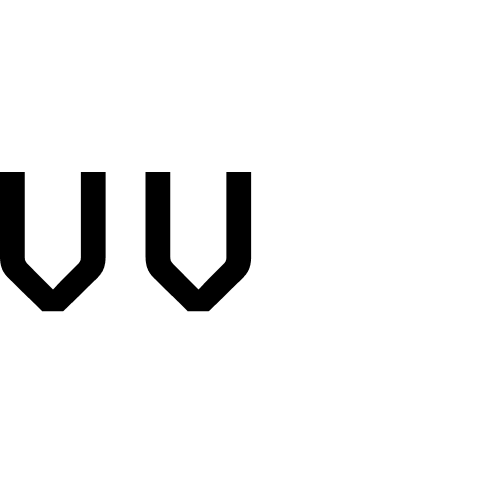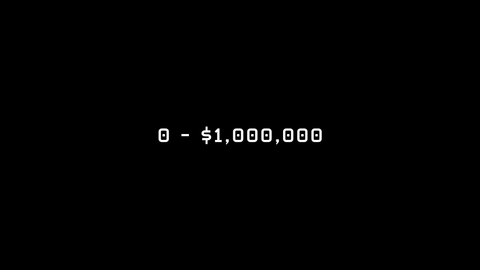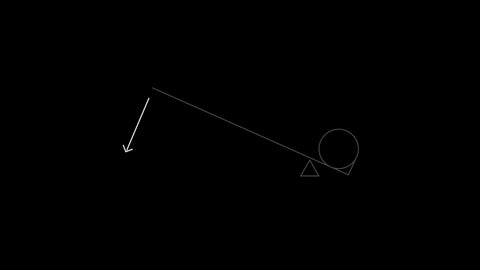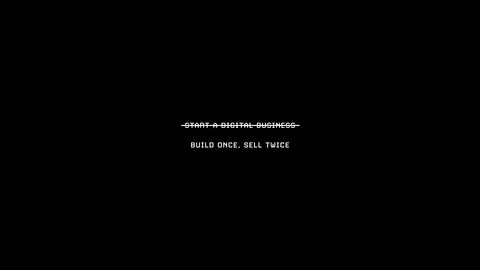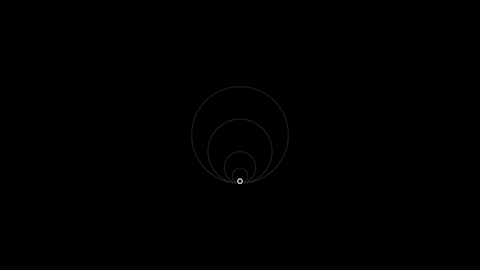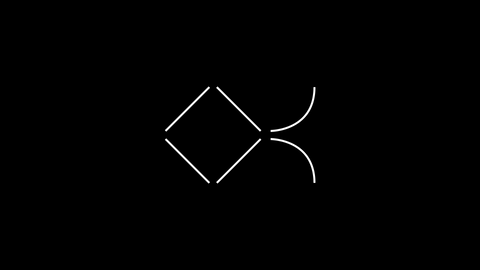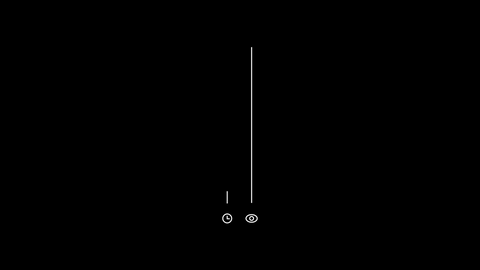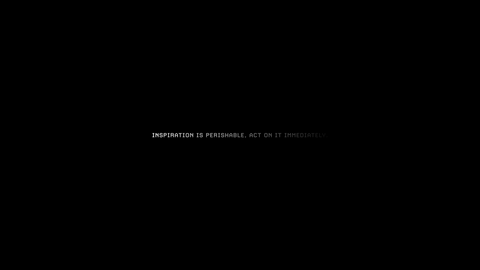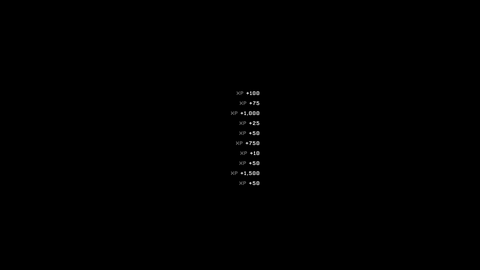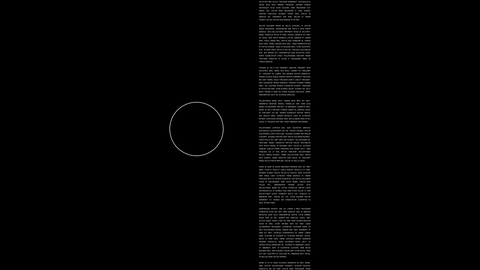The title should perhaps read $58 — $1,000,000.
$58. That was my business bank account balance in January of 2020.
Here’s where I started:
I was a graphic designer with 10 years agency experience, in need of paying clients for an agency "business" I had just started.
Where was I getting stuck?
Taking on work for anyone who’d pay me — quite literally a jack of all trades and a master of none. Burned out, tired, not really sure what made my work valuable to anyone.
What was the solution?
Dramatically narrowing my focus and committing to solving a specific problem.
What problem could I solve?
I looked at all of my experiences to figure out what I could offer the market that was currently in short supply — I realized I had spent years making presentation decks for clients in my corporate job, a task that most of my colleagues weren’t good at, or interested in.
These decks were designed to visualize intangible concepts: how the logic in a software product worked, how process X saved a company time, what does the competitive landscape look like for industry Y, etc.
TL;DR: Make complex things easy to understand via visuals.
Example below for a supply chain company:

How did I communicate my ability to the market?
I started a “brand” that allowed me to consistently prove my ability in public:
Visualize Value took concepts that were a little bit sexier than supply chains and enterprise software, and added visual context. Quotes from great thinkers, mental models, and timeless philosophical ideas.

The content I was publishing had one job originally:
Consistently prove that visuals can add clarity and context to an idea.
I posted 2–3 visuals a day on Instagram and Twitter for around 6 months, which drummed up a few design engagements from small businesses.
Eventually, the network effects of the brand became powerful enough to bring in more business than I could handle on the consulting side, so we turned to product:

How did we land on a product idea?
I spoke to hundreds of people who were interacting with the brand — what do you need help with?
The answers: “Time management, procrastination, getting started, staying focused.”
All problems I’d experienced myself.
Over the couple of years building out failed businesses before this, I’d devised a simple time management tool, I polished it up - gave it a name, “The Daily Manifest” and offered it for sale. (you can read about it more here)
We sold a few via Instagram and Twitter, and then repeated the process of starting conversations with our customers.
“How’s it going? Where are you getting stuck?”
Lots of people answered that they’d like some accountability, so we decided to build a digital community for everyone who’d purchased the manifest to share how and why they’re using it, and what they’re building/learning/doing in the process.
That became the second product, which was a community subscription with 2,800+ members that included weekly live calls, and a value creation curriculum that captures and shares the lessons we learned as we grew Visualize Value.
What next?
The design assets on Twitter and Instagram were still being well received — and one day a tweet gave us an idea for another new product:

David has a large following of writers and aspiring writers, and this public reaction to our work gave us an idea:

After quickly getting some validation — we decided to commit to launching a digital How to Visualize Value workshop one week later:

We got a couple hundred preorders by cross promoting via the Instagram and Twitter pages we’d built up, and a small email list.
After a few months of learning how to create digital curriculums that work, we figured there would be another opportunity for a workshop on doing exactly what we’d done: Productizing your specific expertise.
Build Once, Sell Twice was our second workshop that distilled those learnings:

After selling both workshops for 3 months, listening intently to customer feedback, we realized there was a gap in our offering:
“What if I don’t have any experience to productize?”
So we built an entry level product: “The Permissionless Apprentice”:

It’s the distillation of the philosophy that kickstarted the Visualize Value business back in 2018: Adding value without permission.
We’re a husband and wife team and this strategy brought us just over $1,000,000 in product sales in 2020.
If I had to summarize what worked for us:
If you can solve a problem you’re experiencing personally, you’re much more likely to succeed (because you know for sure if the solution works).
Talk to people who are interested in what you’re doing and build things to help them.
It’s a constant process of iteration. Make a lot of noise, listen for signal, when you get it, pursue it aggressively.
Please hit me up on Twitter at jackbutcher if I can answer more questions.
